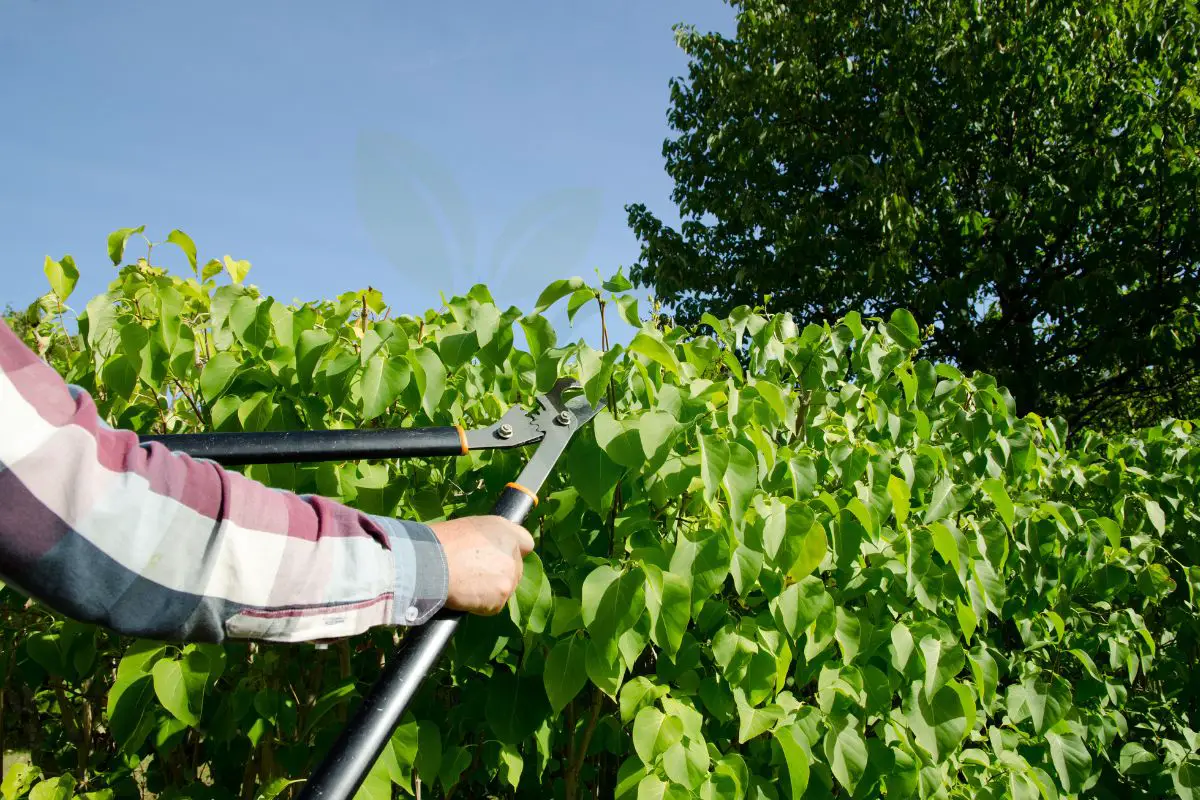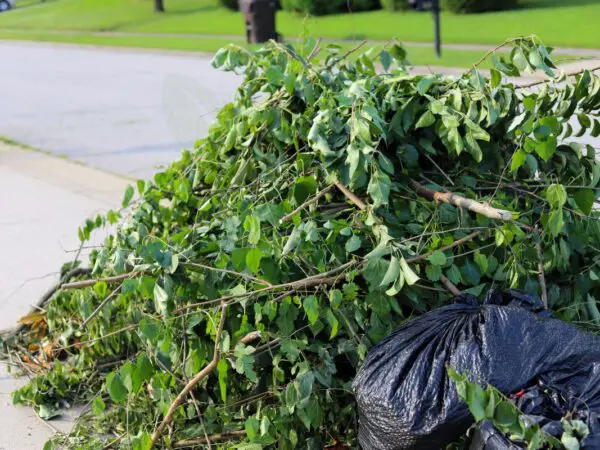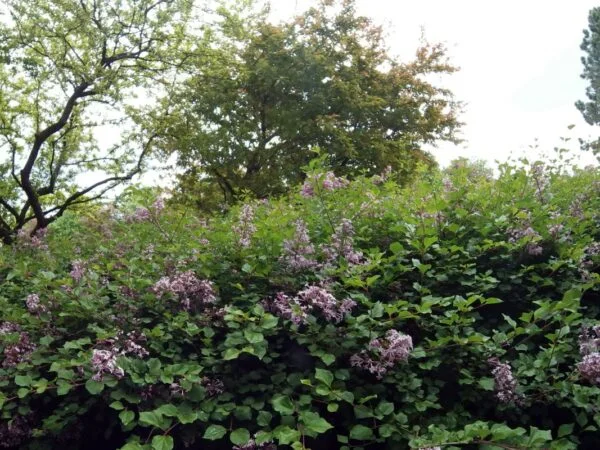
Wondering when is the best time for renovation pruning and cutting back lilac bushes in spring? Discover the optimal timing for pruning these fragrant beauties to ensure healthy growth and abundant blooms.
Key Takeaways
- Optimal Pruning Time: The best time to cut back lilac bushes is right after they finish blooming, typically in late spring or early summer.
- Pruning Benefits: Regular pruning, especially in spring, promotes healthier growth, more abundant flowering, and overall plant vitality by thinning branches.
- Early Summer Pruning: Conduct pruning during early summer to avoid cutting off next year's flower buds.
- Avoiding Late Pruning: Late pruning can reduce next year's blooms, so refrain from cutting back lilac bushes in late summer or fall, and prune in spring.
- Annual Pruning Essentials: Make pruning a yearly routine to maintain the lilac bushes' shape, health, and blooming performance.
- Maintaining Lilac Health: Proper pruning techniques and timing of branches are essential for ensuring the long-term health and beauty of lilac bushes.
Optimal Pruning Time
Early Summer Benefits
Lilac bushes should be pruned after flowering in early summer to promote more blooms. This timing allows for the removal of spent blossoms, encouraging the plant to focus energy on new growth. By pruning at this time, you can also stimulate a second blooming in early fall, extending the lilac's flowering season. Annual pruning during this period helps maintain the bush's vitality.
Late Summer Risks
Pruning lilac bushes in late summer can pose risks by removing developing buds essential for next spring's flowers. It is crucial to avoid trimming during this time to ensure the plant's health and appearance are preserved. By timing pruning correctly, you prevent the loss of potential blooms and support the lilac bush's overall well-being.
Annual Pruning Importance
Recognize the importance of annual pruning for lilac bushes to ensure their longevity and vigor. Regular pruning allows for the removal of dead, diseased, or weak stems, promoting rejuvenation and new growth. By engaging in annual maintenance, you can help your lilac bushes achieve a bushier appearance and overall enhanced health.
Pruning Benefits
Healthier Growth
Prune lilac bushes right after flowering to promote healthier growth. Removing dead or broken stems helps rejuvenate the shrub, enhancing its overall vitality. By managing sucker growth and adhering to specific guidelines, you can ensure optimal health for your lilacs.
Vibrant Blooms
Early Summer Pruning
Timing Precision
Prune lilac bushes during early summer for optimal outcomes. Avoid pruning in late summer or fall to prevent harm. Follow specific timing guidelines for successful growth and vibrant blooms.
Technique Tips
Learn about maintenance and rejuvenation pruning techniques for lilac bushes. Regular pruning maintains plant health, while rejuvenation helps neglected bushes thrive. Trimming back lilacs encourages new growth and fuller, bushier plants.
Avoiding Late Pruning
Fall Drawbacks
Pruning lilac bushes in the fall can have negative consequences. Understand that late pruning risks removing developing buds crucial for the next spring's blooms. This action can hinder the shrub's ability to thrive and blossom effectively. Avoid late-season pruning to protect the overall health and vitality of your lilac bush.
Winter Damage
To safeguard lilac bushes from winter damage, it is essential to practice proper pruning techniques. Protect the shrub during colder months by ensuring it is well-prepared for the harsh winter conditions. Follow specific care tips to maintain the health and vitality of your lilacs throughout the winter season.
Annual Pruning Essentials
Growth Maintenance
Trim mature bushes to maintain lilac growth effectively. Aim for a specific number of main stems for optimal results. Create a balanced structure for healthier and bushier lilac bushes.
Disease Prevention
Remove dead or diseased stems during pruning to prevent diseases in lilacs. Manage sucker growth carefully to maintain the overall health of your lilac bushes. Follow specific guidelines to prevent common diseases from affecting your precious lilacs.
Pruning Types Overview
Maintenance Pruning
Perform maintenance pruning regularly to ensure the health and vigor of your lilac bushes. By removing dead, broken, or diseased stems, you help the plant focus its energy on new growth. Proper maintenance pruning also involves managing sucker growth, which drains resources from the main plant. Follow established guidelines for maintenance pruning to ensure optimal results.
- Remove dead, broken, or diseased stems
- Manage sucker growth effectively
- Follow pruning guidelines for maintenance
Rejuvenation Pruning
Revitalize neglected lilac bushes through rejuvenation pruning to encourage new growth and enhance flowering. To bring back life to overgrown or struggling bushes, cut them back significantly to about 6 to 8 inches above the ground level. This drastic trimming stimulates bushier growth and prompts the development of fresh flowering shoots, rejuvenating the plant's overall appearance.
- Cut back to 6-8 inches above ground level
- Promote bushier growth and new flowering shoots
Pruning Techniques
Cutting Basics
To properly cut back lilac bushes, start by understanding the basics of pruning. Identify and remove dead, diseased, or weak stems to promote healthy growth. Follow specific guidelines for successful pruning results, ensuring the plant's vitality.
Shape Maintenance
Maintain the shape of lilac bushes through proper pruning techniques. Trim them to remain within a specific height range for optimal appearance and health. By creating a balanced structure, you encourage healthy growth and vibrant blooms.
Rejuvenation Pruning Details
When to Start
Knowing when to start pruning lilac bushes is crucial for optimal results. Begin pruning in early summer once the flowers have faded, typically around June. This timing allows the plant to recover before winter sets in. Avoid late summer or fall pruning as it can hinder the development of new buds for the next season.
Step-by-Step Process
Follow a systematic approach when pruning lilac bushes to ensure their health and vigor. Start by removing any dead, broken, or diseased stems to promote new growth. Next, address any sucker growth by cutting them back to maintain the plant's shape and structure. Follow specific guidelines for trimming each stem to encourage healthy regrowth.
Maintaining Lilac Health
Regular Care Tips
To maintain lilac bushes, prune annually and prevent diseases. Regular care supports health, growth, and vibrant blooms.
- Prune annually
- Prevent diseases
- Promote health and growth
Disease Management
Manage lilac bush diseases by proper pruning methods. Remove dead, broken, or diseased stems to prevent issues.
- Proper pruning techniques
- Remove dead/broken/diseased stems
- Disease prevention guidelines
Closing Thoughts
Pruning your lilac bushes at the right time ensures healthier growth and vibrant blooms. Early summer is ideal for pruning to maintain their beauty and promote new growth. Remember, avoid late pruning to prevent compromising next year's blossoms. Annual pruning is essential for overall plant health and longevity. Understanding different pruning types and techniques empowers you to rejuvenate your lilacs effectively while keeping them in top condition.
Take action now by scheduling your lilac bush pruning following the guidelines discussed. Your efforts will be rewarded with a flourishing garden full of fragrant lilac blooms. Share your newfound knowledge with fellow garden enthusiasts to help them achieve stunning lilac displays too.
Frequently Asked Questions
When is the best time to cut back lilac bushes?
Late spring after flowering or early summer is the optimal time to prune lilac bushes. This timing allows for new growth to develop before winter sets in, ensuring healthy blooms next season.
How does pruning benefit lilac bushes?
Pruning promotes new growth, enhances flowering, improves air circulation, and maintains the shape and size of lilac bushes. It also helps prevent diseases by removing dead or diseased branches.
What are the consequences of late pruning on lilac bushes?
Late pruning can lead to reduced blooming the following year as it removes flower buds forming on old wood. It may also weaken the plant's overall health and make it more susceptible to pests and diseases.
What are some essential annual pruning tips for lilac bushes?
Regularly remove dead or damaged branches, thin out crowded areas, and rejuvenate older plants by cutting back a third of the oldest stems every few years. Always use sharp tools to make clean cuts and avoid tearing the plant tissue.
What are some common pruning techniques for maintaining lilac health?
Use sharp bypass pruners to make angled cuts just above a set of leaves or a bud. Remove any crossing or inward-growing branches. Maintain an open center to improve air circulation and sunlight penetration within the bush.
Image Source: Paid image from CANVA





